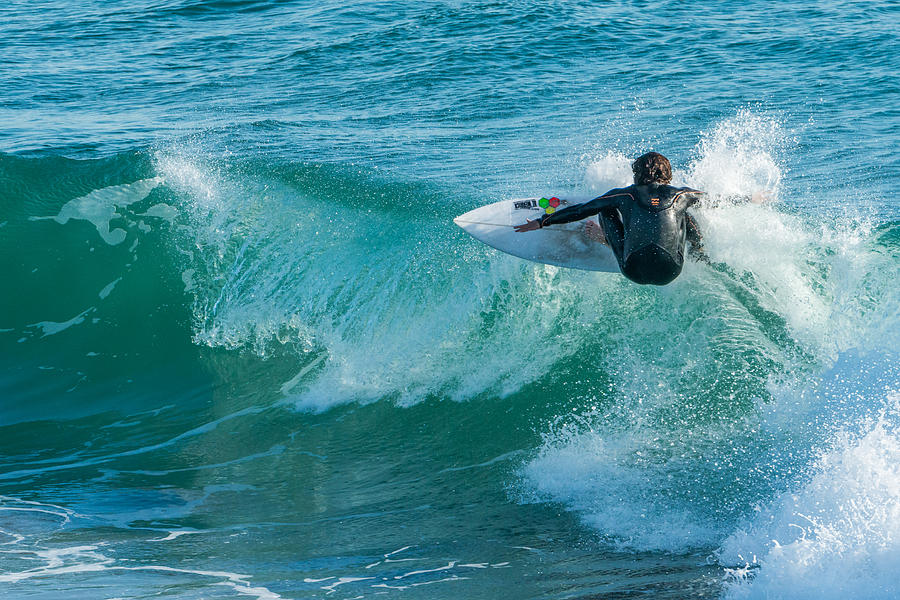Capturing the perfect action photography shot is almost as calculated as catching the perfect surf wave. It takes countless hours on the water practicing and perfecting technique. When it comes to surf photography and catching the wave, capturing surfers in action is a challenge in equipment and technique. The following are some tips to help you capture surf waves in a killer shot.
Equipment
Understanding equipment is the first step in surf photography. The make and model of camera is up to the discretion of the photographer. Housing ensures the camera stays dry when on the water and is what the body of the camera will sit in. When out on the water, the camera cannot be removed from the housing to adjust settings. That’s why it’s important to note the type of controls housing comes with. Ideally, you need to be able to control zoom, focus point, exposure, aperture, and ISO.
The type of conditions to shoot in and the amount of light will directly impact camera settings. There is no one setting that works across all settings. As a general suggestion, get a sharp and in-focus image by shooting with a fast shutter speed and use an auto ISO to get an evenly-exposed image.
The port accompanies the housing to keep the camera dry. It goes over the lens to attach to the housing and seal the equipment. A flat port — or dry port — is designed for shooting above surface. A dome port, or wet port, is designed for shooting below the surface or for split shots. It pushes water away from the front of the lens, making split shots possible and keeping images sharper underwater.
There are different ways to keep water droplets from forming on the front of the port. When it comes to dome, or wet ports, the best technique is to use saliva on the perspex. It will need to be repeated several times during the course of shooting, but should prevent the formation of droplets. For flat or dry ports, use non-scented candle wax on the perspex. Draw a few lines of wax and use a microfiber cloth to evenly rub the wax until it’s no longer visible.
Use online cloud photo storage to keep photos secure. Ibi is a smart photo manager that automatically collects photos and organizes them through an intuitive app, allowing for the private sharing of individual photos or albums. For a one time fee, Ibi gives users 2TB of space for up to 500,000 photos and 200+ hours of video. This is ideal for any photographer, be you a beginner or expert in the field.
Technique
Shooting location determines what kind of shots can be taken. Shooting from inside the barrel requires a fish-eye lens with a dome port. Shooting from the channel takes a telephoto lens and flat port. If situated in front of the barrel, somewhere in between the channel and inside the barrel, try a wide angle or short range telephoto lens with a dry port. For underwater shooting, a wide angle or fisheye lens with a dome port yields great results.
Before sealing housing, consider the focusing system. Autofocus is best used for all lenses with the exception of fisheye. If shooting with a fisheye lens, using a manual focus is recommended. Because the subject will be close to the photographer and moving quickly, manual focus ensures that the shot will not be missed due to the camera trying to find focus.
Beginner surf photographers should use novice surfers as subject matter to learn how to capture the perfect surf shot. Pro surfing lessons for beginners teach the fundamentals of surfing etiquette, water safety, body positioning, board handling and positioning, paddling, and standing up. It may be worthwhile to invest in such lessons to help you stabilize yourself on a board.
Surf students learn the mental, emotional, and spiritual elements that give the beauty and uniqueness to surfing. Understanding how to capture the physical movements and passion expressed on the water is what makes a surf photographer stand out and create the perfect shot.
To read more on topics like this, check out the lifestyle category.

Leave a Reply